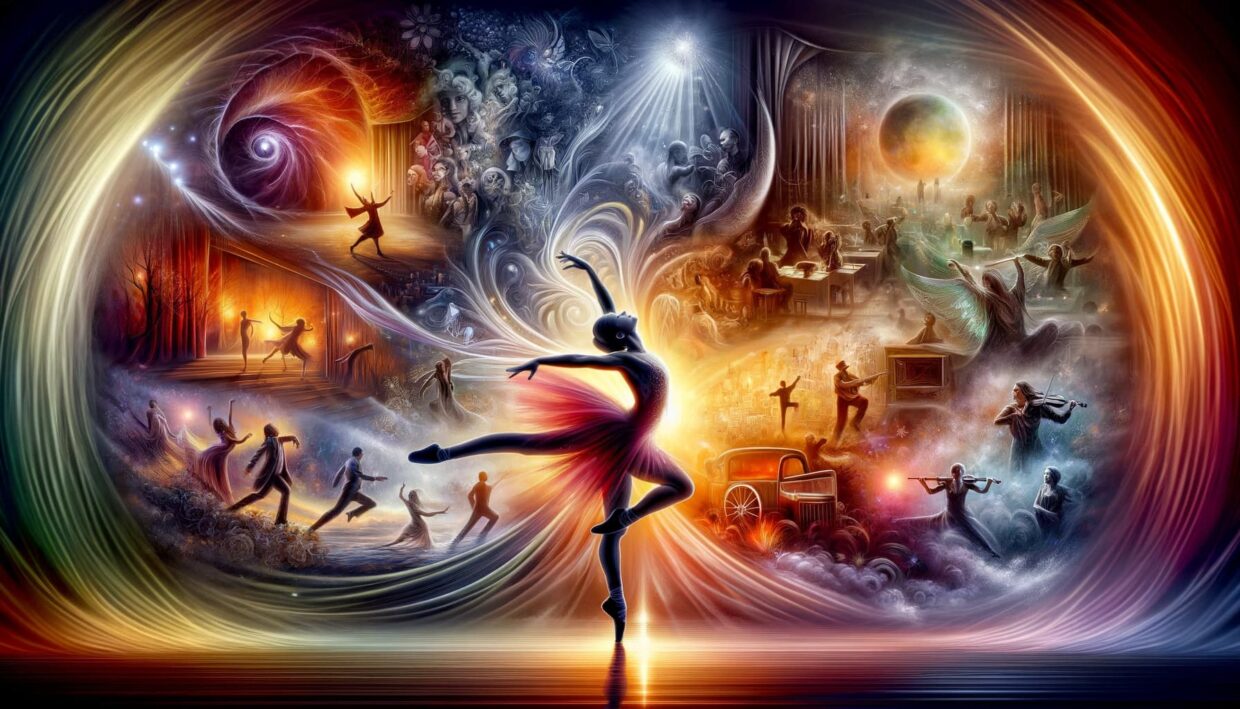In contemporary art, the exploration of life through performance has become a powerful means of expressing the complexities of human existence. This narrative delves into the essence of performance art, where artists use their bodies as a canvas to challenge, question, and interact with the world around them. Due to their endurance, these performances often blur the lines between art and life, inviting the audience to reflect on their own experiences and perceptions.
Understanding the evolution of programming languages offers a parallel to the continuous transformation in art. For insights into the latest developments, explore this comprehensive guide.
Exploring the Fusion of Technology and Performance Art: A New Horizon
The integration of technology into the performing arts marks a significant evolution in the way artists express themselves and communicate with audiences. This convergence not only expands the tools available to artists, but also opens up new dimensions for creativity and interaction. From using projection mapping to create immersive environments to incorporating sensors and interactive devices that respond to audience movement or choice, technology has empowered artists to create experiences that were previously unimaginable. This blending of the digital and physical realms invites viewers to not only observe art, but to become a part of it, fostering deeper engagement and understanding of the themes and messages of the works.
Navigating the Challenges and Opportunities of Performance Art in the Digital Age
As performance art embraces digital technologies, it faces both challenges and opportunities. One of the main challenges is preserving the ephemeral nature of performance in a digital world where everything can be recorded and reproduced. This raises the question of the impact of digital sustainability on art, which is defined by its transience. On the other hand, the digital age offers unprecedented opportunities to reach a wider audience, to transcend geographical and cultural boundaries, and to foster global dialogue about pressing social, political, and personal issues. Moreover, the development of social media as a performance space opens up new possibilities for artists to explore identity, privacy, and surveillance, reflecting the complex dynamics of our increasingly digitized lives.
Themes and Motifs in Performance Art
Performance art, which focuses on the experimental and conceptual, often goes beyond the usual boundaries of skill and audience interaction. Artists in this field often push themselves beyond their physical and emotional limits, engaging in actions that are sometimes extreme or controversial. This is done in order to provoke thought, evoke an emotional response, or challenge social norms and perceptions.
The use of space and time in performance art is also crucial. Performers can choose unusual or symbolic locations, and the duration of a performance can vary dramatically, from fleeting moments to hours or even days. This manipulation of time and space adds an additional layer of meaning, emphasizing the variability and fluidity of this art form.
Key Themes Include:
- Identity and Self-Exploration
- Social and Political Commentary
- The Body as a Medium
- Time and Mortality
Impact on Society and Culture
| Theme | Impact |
| Identity Exploration | Encourages self-reflection and broader societal acceptance of diverse identities. |
| Social Commentary | Provokes discussion and awareness on critical issues, fostering social change. |
| Exploration of Time | Challenges perceptions of time, emphasizing its fluidity and our temporal existence. |
For those interested in the intersection of creativity and technology, practicing coding through game development can be a rewarding endeavor. Learn more about writing a game in Java.
FAQs on Performance Art and Creative Expression
What distinguishes performance art from traditional art forms?
Performance art is ephemeral, often unique, and focuses on the artist’s action and presence in space, as opposed to the permanence of traditional art forms such as painting and sculpture.
How do artists prepare for endurance performances?
Artists can undergo physical and psychological training, including meditation, physical training, and rehearsals, to withstand the challenges of long performances.
Can performance art be documented?
Although performance art is by nature ephemeral, it can be documented through video, photography, and written reports, although these mediums capture only a part of the experience.
How can people get involved in performance art?
Involvement can range from attending live performances, participating in interactive works, to viewing performance documentation in galleries or online platforms.
